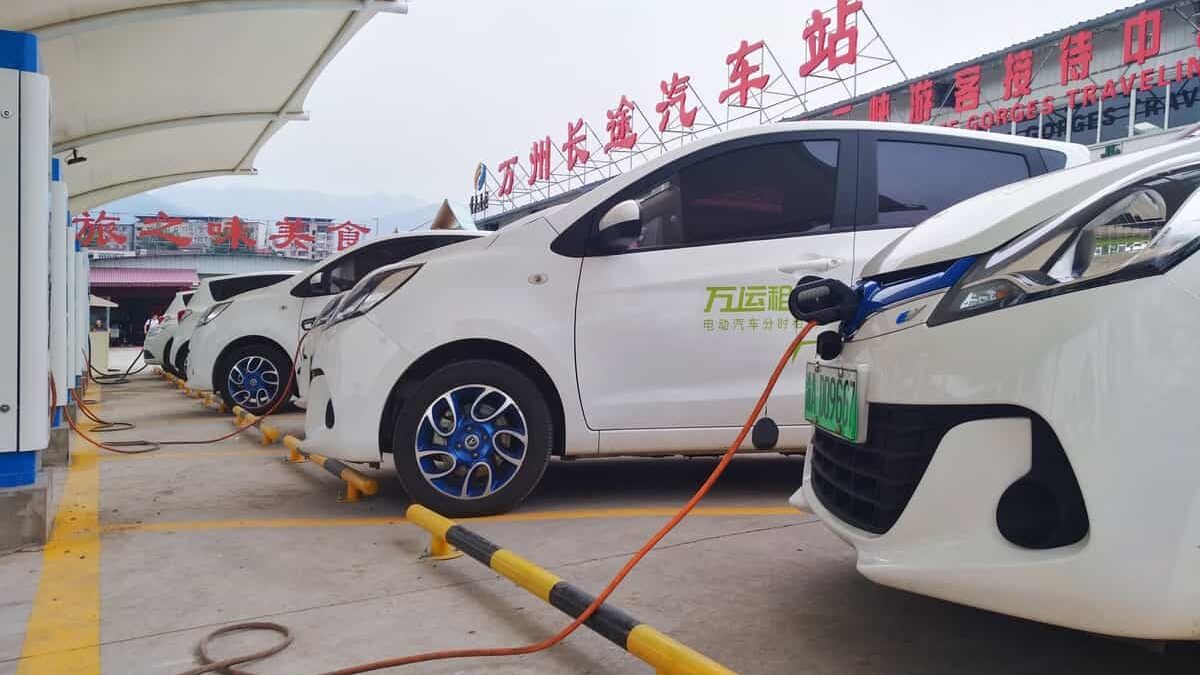The International Energy Agency (IEA) provides a detailed summary of the global EV industry in an annual publication called the “Global EV Outlook.”
The agency’s 2022 report notes that the number of EVs sold worldwide rose to 6.6 million in 2021, twice the number of electric vehicles sold the previous year. The People’s Republic of China mainly led EV sales growth, as per Silicon Valley.
China sold more EVs than the rest
According to the IEA, China sold more electric vehicles than the entire world in 2020, tripling its substantial EV sales.
Europe increased its EV sales by two-thirds, while US sales doubled after two consecutive years of 10% declines. Notably, China sold 3.3 million EVs, Europe sold 2.3 million, and just 630,000 were sold in the US.
EV market share
The sales figures represent a 17% market share in Europe, 16% in China, and 4.5% in the US. Out of 16.5 million EVs approximated to be on the road, China’s fleet amounted to 7.8 million.
China’s EV adoption boosted dramatically in the first quarter of this year, doubling the sales figures recorded during the Q1 of last year.
In addition, the report states that a large percentage of China’s EVs are battery electric vehicles rather than less efficient plug-in hybrids (PHEVs), which some fail to achieve significant reductions in tailpipe carbon dioxide.
Sales of battery electric vehicles (BEVs)
In 2021, all-electric BEVs made up 82% of the new EVs sold in China, while European EV sales were evenly split between BEVs and PHEVs.
Meanwhile, BEVs amounted to 75% of the US. EV sales in 2021, where increasing Tesla sales dominate the green car market.
Furthermore, the IEA estimates that, in 2021, 80% of the existing EVs on the road in China were BEVs, 55% of the existing European EVs, and 65% of existing US EVs.
Rise of EV sales globally
The IEA also noted various forces driving the dramatic rise in global EV sales. The agency sees sustained government policy support as the main cause, noting that many countries have promised to phase out internal combustion engines (ICE) and that EV subsidies and incentives almost doubled in 2021, rising to nearly $30 billion.
They also credit bold electrification pledges from carmakers, some exceeding government targets, and ongoing efforts to develop new EV models. The IEA approximates that 450 EV models were available last year, five times the number in 2015.
The acceleration of EV adoption in China isn’t surprising
The IEA says in the report’s Executive Summary, “In China, electric cars are typically smaller than in other markets. This, alongside lower development and manufacturing costs, has contributed to decreasing the price gap with conventional cars.”
“In 2021, the sales-weighted median price of EVs in China was only 10% more than that of conventional offerings, compared with 45-50% on average in other major markets.”
China rolling out charging infrastructure faster than others
They said that China has laid out new charging infrastructure faster than other regions. Additionally, Chinese customers had 300 EV models to pick from, in contrast with 184 in Europe and 65 in the US.
China is often portrayed as slow in the international effort to defeat climate change. However, their EV adoption rates represent a different picture.

